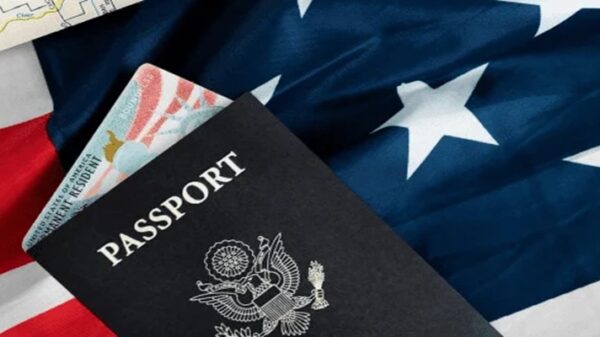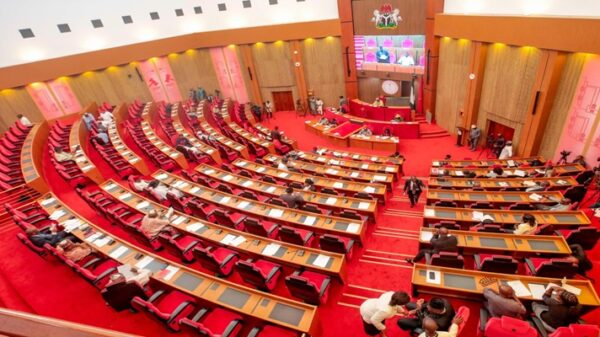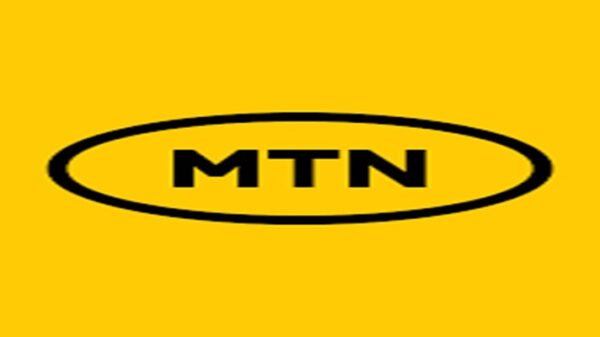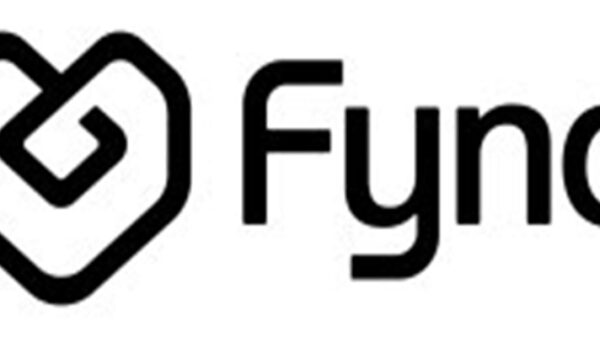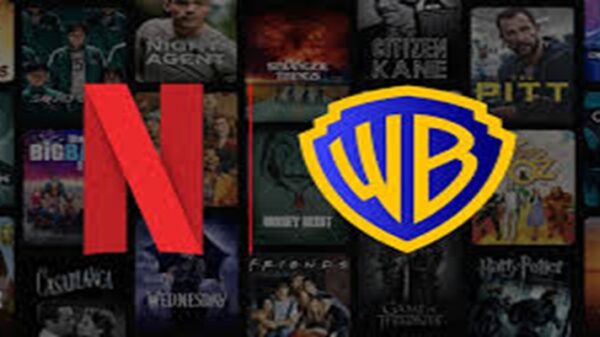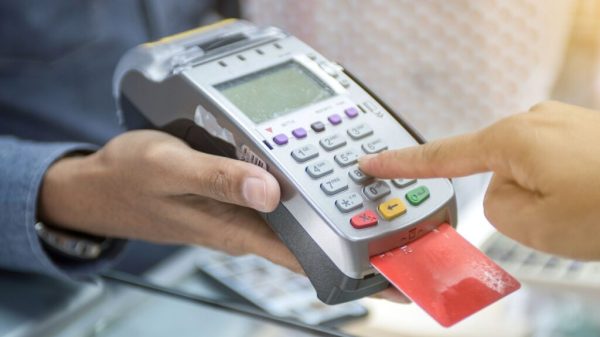Ask any staunch modernist and you’ll hear them say that the last 100 years have far outpaced the previous 1000 in terms of human invention. They will say that to define modernity is to acknowledge recent advancements in technological innovation, urbanisation, and globalisation and how they have accelerated financial exchange through fintech and other inventions.
We live in a time where the same generations who are always ready to whip out their cheque books and those who grew up completely digital bank with the same service provider or shop at the same retailer. So while we see today’s innovations across the retail, technology, banking, and travel sectors, for example, it begs the question of whether today’s innovations compete with traditionality.
When UNCTAD released its findings on e-commerce sales earlier this year, it described the growth of online sales as having increased “markedly in value”. At the same time, 46% of respondents in Raydiants 2022 Consumer Behaviour Report said that given the choice, they still prefer to shop in-store.
Finance
Like in online retail and in-store shopping, the biggest difference between traditional forms of payment or traditional banking and online banking is physical presence. As it goes, the same consumers who prefer shopping in physical stores likely still prefer the human interaction that goes with traditional banking.
That said, not everyone has access to a personal bank or financial advisor who can help with savings and investment decisions. However, data released by mobile industry insights company Global System for Mobile Communications (GSMA) shows that smartphone adoption stands at 64 percent in Sub-Saharan Africa, and is expected to grow to 75 percent by 2025. The report also reflects that $155BN of economic value added will be generated by mobile technologies and services by 2025. In 2020, transactions on mobile money platforms reached $490 billion.
“It’s not surprising that we have seen a proliferation of established players in mobile banking and payments. We expect these mobile solutions to extend to savings options, with an emergence of platforms that will make it easier for anyone with access to a smartphone to explore various investment and saving options,” says Tony Mallam, managing director of upnup, a micro-savings and investment platform.
Services
There are, of course, still businesses and consumers that prefer using cash. And for consumers who prefer making payments using bank notes, the old saying of ‘nothing is more powerful than habit’ remains king. Eventually, as a home services marketplace, SweepSouth’s co-founder Alen Ribic comments, market forces and market demand will be the deciding factors behind the financial behaviour of businesses and consumers.
“Our offering has always been a case of creating products according to customer needs and what the market demands. We don’t assume to know a customer and then launch new products or offerings based on that,” notes Ribic. “We know that a different market will add new variables into the equation and using a combination of market data with local, on the ground, team presence we assess what is in demand and what would be a suitable additional offering for our customers.
In fact, the very way that brands and consumers interact and learn with each other has changed. Today, most consumers will have researched a product online before making a purchase. More brands are using customer data gained from online behaviour and purchases to dictate their offerings.
Travel
Salesforce reports that while 66% of customers expect companies to understand their unique needs and expectations, only 32% of retail executive respondents say their organisations have the full ability to turn data into personalised prices, offers, and products in real-time across channels and touchpoints.
Head of Marketing and Communications at online travel booking platform Jurni, Tshepo Matlou.says, “Innovations are coming in thick and fast but the key is to meet your suppliers and customer base where they are. Each generation has their own way of approaching business, but to stay on the pulse – you have to meet them where they are most comfortable.”
Google’s Travel Insights portal notes that destination popularity can change in an instant. For the most current information on those changes, travel businesses should rely on travel data to determine service offerings. Today this type of trend analysis is far more useful than gauging the number of customers physically visiting travel agencies to pick up travel brochures.
Weighing up the benefits of traditional versus digital should not be seen as a war of which is better, but rather pose the question of how businesses can leverage mixed customer demand for services. Business owners should use data to educate themselves on trends and preferences for the generational mix of consumers with purchasing power that we see today. Whether you choose to be exclusively online or to satisfy various markets, there’s no doubt that, for now at least, both traditionality and modernity are here to stay.
![]()




